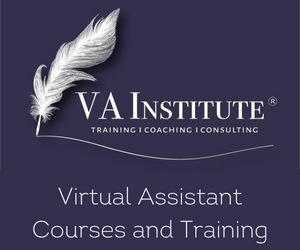Do you get a sinking feeling when the topic of money comes up? You aren’t alone. According to a survey conducted last year by Savvy, a third of people (35%) confessed they only have a “primary school” level of financial and economic literacy. The HILDA report, a record of how Australians live, came to a similar conclusion, stating that some 75% of people struggled with basic financial literacy.
Though we live in a market economy, school doesn’t help us all that much to learn about it. So how can we bridge that gap? We have a few ways – and you don’t have to go back to school
Auditing Your Finances – And Insurance
41% of people in the survey said they’ve never audited their finances. Auditing your finances and preparing a budget can help you get a grasp on fundamental finance – it’s about balancing what comes in with what goes out. You need to figure out how much your household income is each month and where it all goes – transport, rent or mortgage repayments, groceries, luxuries, and so on. Then you can get a better understanding of how to allocate your resources to save money, invest, funnel into super, or pay off debts.
While you are looking at your finances, you should also think about insurance. Life insurance may be included with your super fund, but is it enough? Rice Warner Actuaries says that Australians are uninsured to the tune of $1.26 billion. If you can consider additional life insurance, including disability or income protection insurance, you should.
Get Appy
Your own bank will likely have a NetBank app where you can see where money comes in, where it goes out, and with a bit of fine tuning, predict your incoming bills. Using a widget on your home screen can give you a handle on your finances at a glance.
Learning with your kids is also helpful. Apps like Rooster Money or Spriggy teaches kids to figure out how to budget, understand income and expenses, and gives them a bit of control over their finances.
“Getting the whole family on board will yield many dividends,” says Bill Tsouvalas, finance expert and Managing Director of Savvy. “Having the family involved will strengthen skills from top to bottom, and instil good values about saving, debt, and spending. It’s far more helpful than saying ‘you just can’t’ when your child asks why they can’t have a treat because it’s an unnecessary expense. Give them a reason, include them in the conversation.”
Use Free Resources
There are free resources out there to give you a basic education in financial literacy. The Wesley Mission has its own Financial Literacy Education Program, which incorporates lessons from MoneySmart and is designed to be easy to follow. Find out more here.
See a Financial Adviser
Four in five Australians according to the survey have never seen a financial adviser. They are worth their weight in gold. If you think they’re just for “rich people”, well, how do you think the rich got to where they are? Think of yourself as “pre-rich” – and you’re now laying the groundwork.
“Using all these resources can give you a big leg up in terms of managing your daily expenses and figuring out your finances for the future, including retirement,” Tsouvalas says. “The more you learn now, the better off you’ll be later.”






